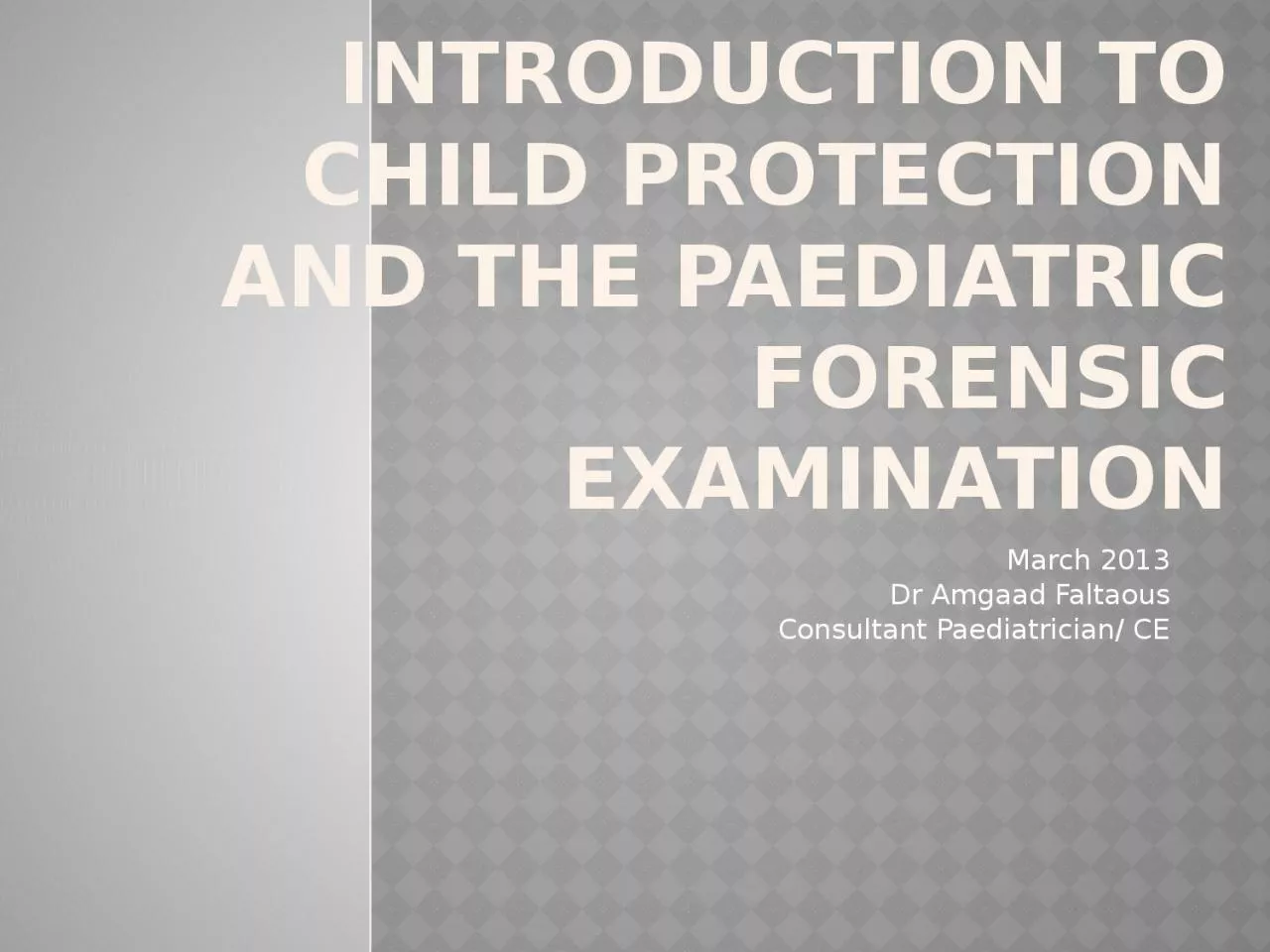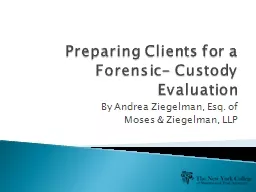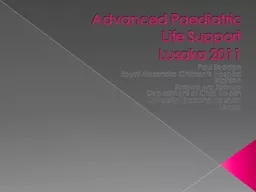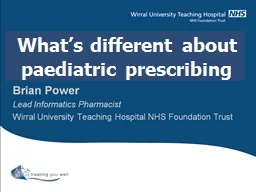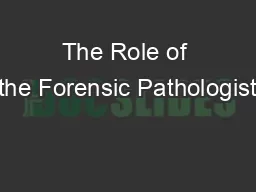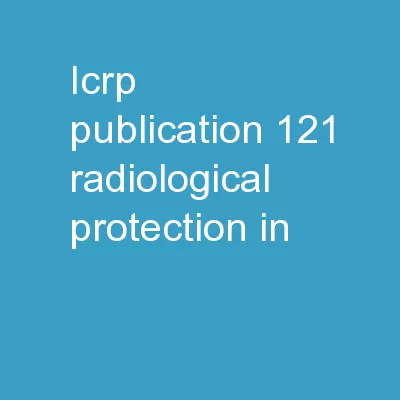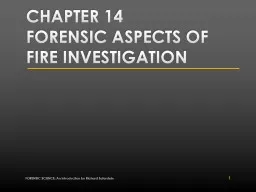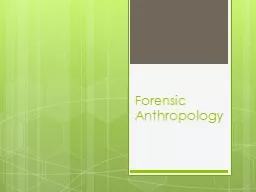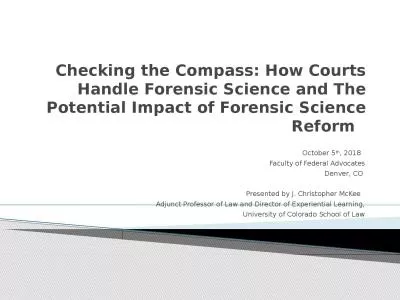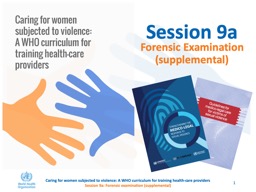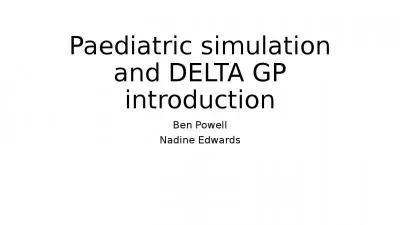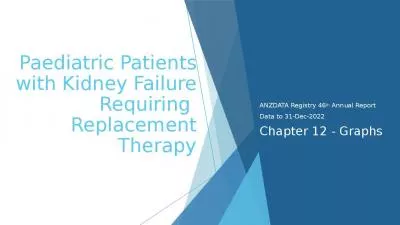PPT-Introduction to Child Protection and the paediatric forensic examination
Author : dandy | Published Date : 2024-03-13
March 2013 Dr Amgaad Faltaous Consultant Paediatrician CE INTRODUCTION Kempe 1960s child abuse a hidden paediatric problem Medical evidence only 1 piece of jigsaw
Presentation Embed Code
Download Presentation
Download Presentation The PPT/PDF document "Introduction to Child Protection and the..." is the property of its rightful owner. Permission is granted to download and print the materials on this website for personal, non-commercial use only, and to display it on your personal computer provided you do not modify the materials and that you retain all copyright notices contained in the materials. By downloading content from our website, you accept the terms of this agreement.
Introduction to Child Protection and the paediatric forensic examination: Transcript
Download Rules Of Document
"Introduction to Child Protection and the paediatric forensic examination"The content belongs to its owner. You may download and print it for personal use, without modification, and keep all copyright notices. By downloading, you agree to these terms.
Related Documents

